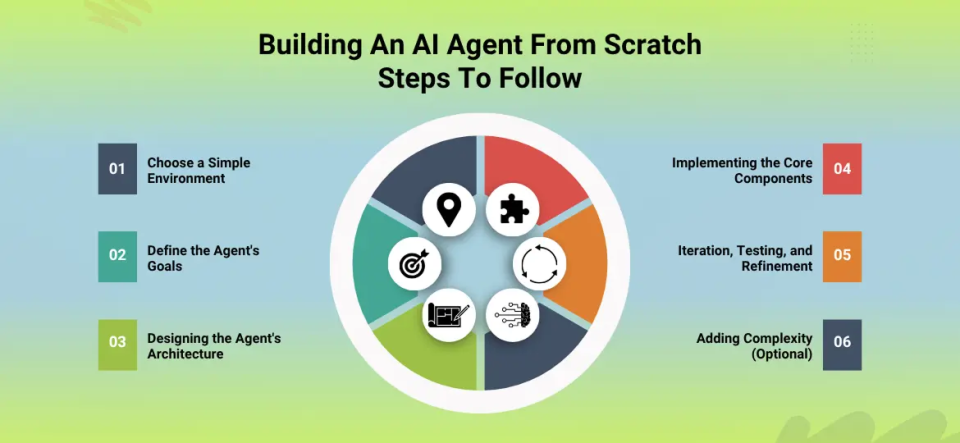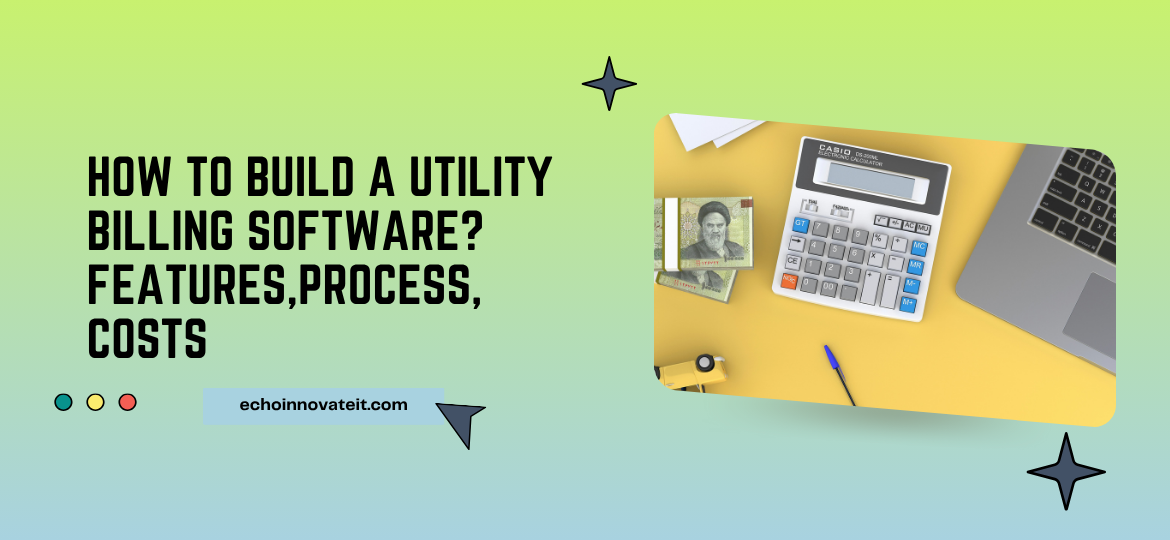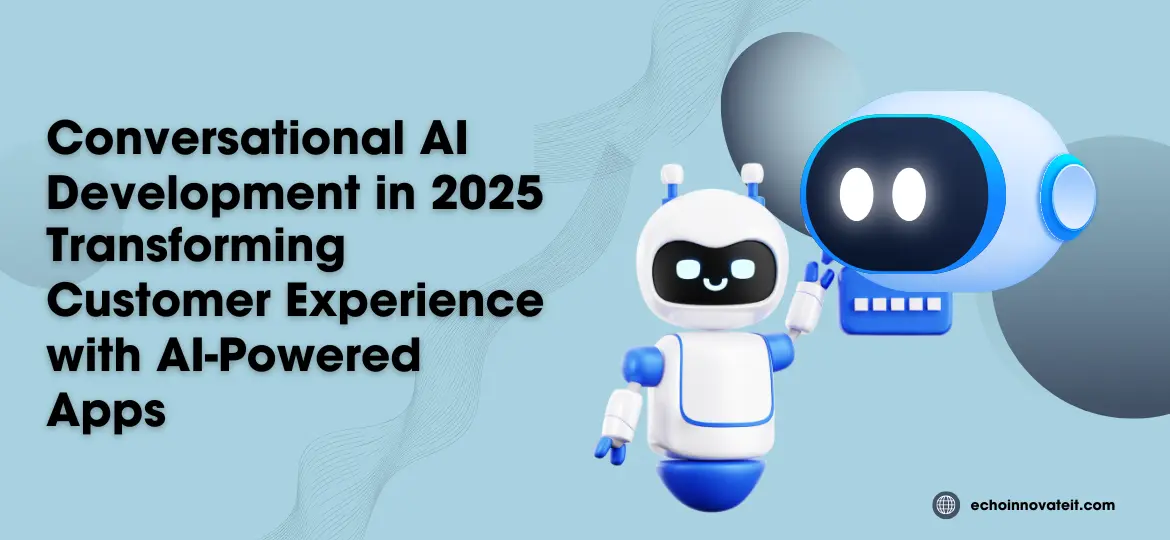Utility companies still struggle with outdated billing processes that include manual processes that lead to errors, delays and unhappy customers. Imagine instead an environment in which billing was simple, accurate and transparent–strengthening customer relations while streamlining operations; that’s exactly where utility billing software excels.
At its core, billing software automates and oversees every stage of the billing cycle – electricity, water, gas, waste management – from precise meter reading, applying tariffs, creating invoices, and processing payments. This includes customer self-service options and revenue optimization for utility providers. It has many uses! It can help improve accuracy while increasing operational efficiencies as well as customer satisfaction through self-service options, while optimizing revenue management strategies for utility providers.
This blog post will introduce the world of utility billing software development, from essential management features and building it from scratch to typical development phases and associated costs. Our goal is to help you better understand what’s necessary to develop robust energy billing software systems while showing how custom solutions can transform utility operations.
Building An AI Agent From Scratch

Core Billing & Metering
Every effective utility billing system relies upon effective core billing and metering. This includes full meter reading management that accommodates manual input, automated systems and smart metering software, thus guaranteeing accurate data capture. Tariff and rate management also plays a vital role: it allows the flexible application of tiered rates, flat fees or custom pricing as needed by tiered rate settings or custom pricing tables; tariff management then uses customizable invoices showing detailed breakdowns as well as proration adjustments making billing precise and transparent – essential requirements of utility bill automation software solutions.
Customer Management
Good customer management fosters strong relationships. A dedicated module consolidates all customer data such as account details, service histories and contact information into one place for easy viewing and access by management and staff alike. Furthermore, automated communications such as notifications keep customers up to date while making interactions more personalized and meeting individual customer requirements more easily.
Payment Processing
Modern utility billing solutions provide multiple secure payment options that meet customer preferences – online payments, direct debits and credit card transactions are just some examples; mobile payment methods are also supported. Furthermore, modern utility billing software features robust tools for payment tracking – this includes reconciling payments to accounts as well as managing outstanding balances or late payment reminders, service disconnection/reconnection processes when needed and keeping records clear at all times.
Reporting & Analytics
Powerful reporting and analytics transform raw data into useful insight. Software generates usage reports with both historical data and predictive analyses that help both customers and utilities gain clarity into patterns. Financial reports such as revenue summaries and balance analyses play an essential role in financial health; customer insights gained by consumption patterns or churn rates help strategic decision makers, as do regulatory compliance reports for electricity billing software or water utility billing software systems.
Integration Capabilities
Billing software must have strong integration capabilities so it functions effectively as part of its utility’s overall ecosystem. Connectivity between it and accounting software like QuickBooks or SAP ensures smooth data flow, while GIS/mapping provides geographical context.
Likewise, intelligent metering infrastructure (AMI/AMR) connects real time for accurate billing purposes while connecting to real customer relations management software allows real time exchange for accurate billing purposes if one exists; otherwise integrating with an independent CRM would give an unified customer view; an ideal utility software development company would focus on these integration capabilities when developing its products for their clients’ utility company clients’ specific ecosystem needs.
Security & Compliance
Customer and financial data are of extreme sensitivity, necessitating tight security features in software applications to safeguard them. Strong encryption must be employed, along with stringent access control features for additional protection from unwelcome users and unwanted access attempts. Adherence to industry standards such as GDPR for data privacy protection and PCI DSS for payment security should also be ensured through regular audit trails that record activities from system operations for accountability and analysis; however, security has a cost impact as part of utility billing software costs.
Self-Service Portal
A self-service portal is an integral component of modern customer experiences, giving customers access to their bills, payments, and usage history at any time. 24/7 access provides customers with account details while decreasing support workload and improving transparency, as well as satisfaction overall.
Utility Billing Development Process: A Step-by-Step Guide

Making effective utility billing software takes an organized approach. This step-by-step billing software development guide for billing software outlines its key phases to help ensure a positive result.
Planning & Discovery
In the initial step of any successful software project, planning & discovery play a vital role. Here you should outline project goals and collect requirements – what problems does the software need to solve, and which features do I want? Discussions with key stakeholders, as well as research of market offerings, provide crucial input as you select an appropriate technology stack for utility billing software, such as electricity & water bills. This step sets a strong foundation upon which future work may build.
Design
Next comes the design phase. This involves developing both user interface (UI) and user experience (UX), including wireframing or mockup development, database architecture design and system architecture to ensure a scalable yet efficient system is in place.
Development & Coding
Development is where all the hard work takes place: developers write code for the software while adhering to an agile methodology, such as working in short sprints. Front-end developers build user-facing parts while back-end developers develop server logic; APIs may be developed as integration points, such as smart grid billing integration or a billing system with IoT integration – in essence, this phase brings your utility billing system online.
Testing
Thorough software testing is vitally important. Unit tests examine individual code components; integration testing validates how different parts fit together; User Acceptance Testing (UAT) involves end users confirming it meets their requirements; while performance and security assessments help guarantee reliability and data protection.
Deployment
Once testing has concluded, deployment begins: This involves making it available for use. Infrastructure, such as cloud servers, is installed on-site or off-site. Existing data must also be transferred onto the new platform before going live with its full feature set, and post-launch support will be provided as necessary.
Maintenance & Support
Software development does not stop at deployment. Ongoing maintenance must include fixing bugs and optimizing performance to keep it relevant and efficient, adding features over time as new ones come out to make sure it remains efficient & relevant to users and compliant. Security audits also help ensure ongoing real-time utility tracking with efficient invoice generation software solutions.
Cost for Building Utility Billing Software
Understanding the total utility billing software cost can be difficult; several variables affect its final price tag.
A. Factors Influencing Cost:
- Complexity of Features: Software with fewer complex features can cost less, while sophisticated ones, like complex integrations or AI-powered analytics, can increase costs significantly. Custom integrations add another expense factor.
- Development Team Location & Size: Your development team’s location matters greatly – offshore development teams often offer more cost-effective rates, while onshore ones might cost more. Team size also plays a factor, as freelancers or agencies each offer unique pricing models for the services they provide.
- Technology Stack: Your technology choices have an effect on budgeting decisions. Open source can lower licensing fees, while proprietary licenses could add considerable expenses.
- Complexity of UI/UX Design: Complex designs require more time, resulting in higher design costs, whereas simpler ones tend to cost less.
- Maintenance & Support: Development is not a one-time cost. Ongoing maintenance, bug fixes, and technical support are necessary. These are recurring expenses.
- Data Migration Needs: Converting existing customer and billing data onto your new system can be complex. The amount and difficulty of this migration will have an impactful influence on overall utility billing software costs.
B. Cost Breakdown (Estimated):
- Discovery & Planning: Typically accounting for 5-10% of total project cost, this initial step typically entails research and outlining requirements.
- Design & Prototyping: These stages involve conceptualizing and prototyping software’s design for look and feel as well as architecture; typically, 10-15% of the budget should go here.
- Development: This is the most significant portion. Coding and building the software can be 50-60% of the total cost.
- Testing: Ensuring the software functions perfectly and is bug-free can take 10-15% of a project budget, including various forms of testing.
- Deployment & Post-Launch: Making the product live while offering initial support can typically account for 5-10%.
Conclusion
Utility billing software is essential to modern utility companies, helping increase efficiency, accuracy, and customer satisfaction. In our study of its key features from core billing through security, we explored its core billing features as well as a step-by-step development journey. This includes planning, design, coding, testing, deployment, and ongoing maintenance costs affecting utility billing software costs. Factors influencing utility billing software costs are equally essential.
Future utility billing looks bright. New technologies, like AI, will enable predictive analysis for usage; blockchain could bring greater transparency; these innovations will further advance billing processes.
Are you looking to transform utility operations with custom solutions? Echoinnovate IT can help: our experts in utility billing software development can be trusted with helping to navigate this complex process, developing tailor-made, efficient, future-proof billing systems that suit each utility operator’s exact requirements and needs.
Call us today to discuss your project!



